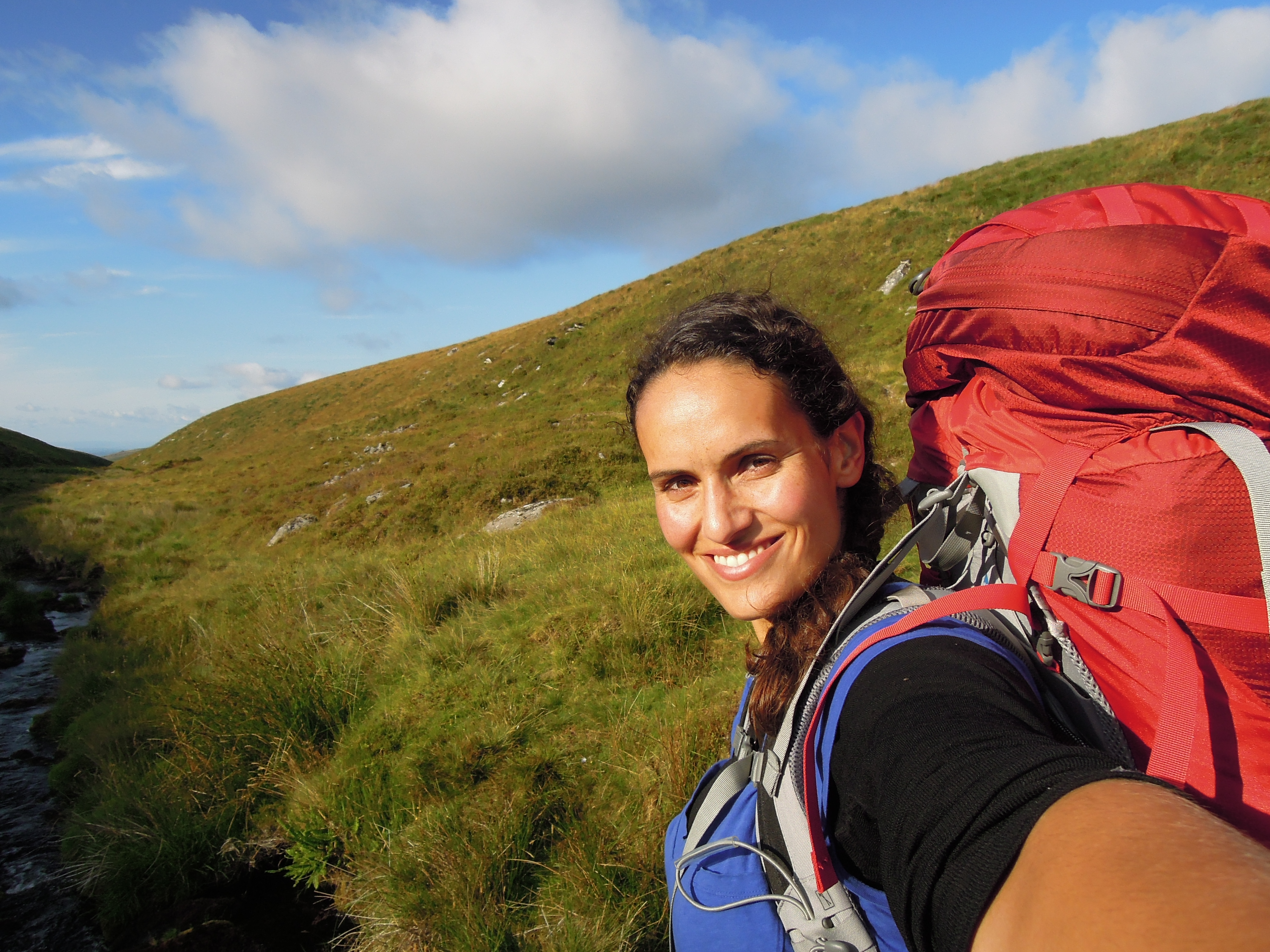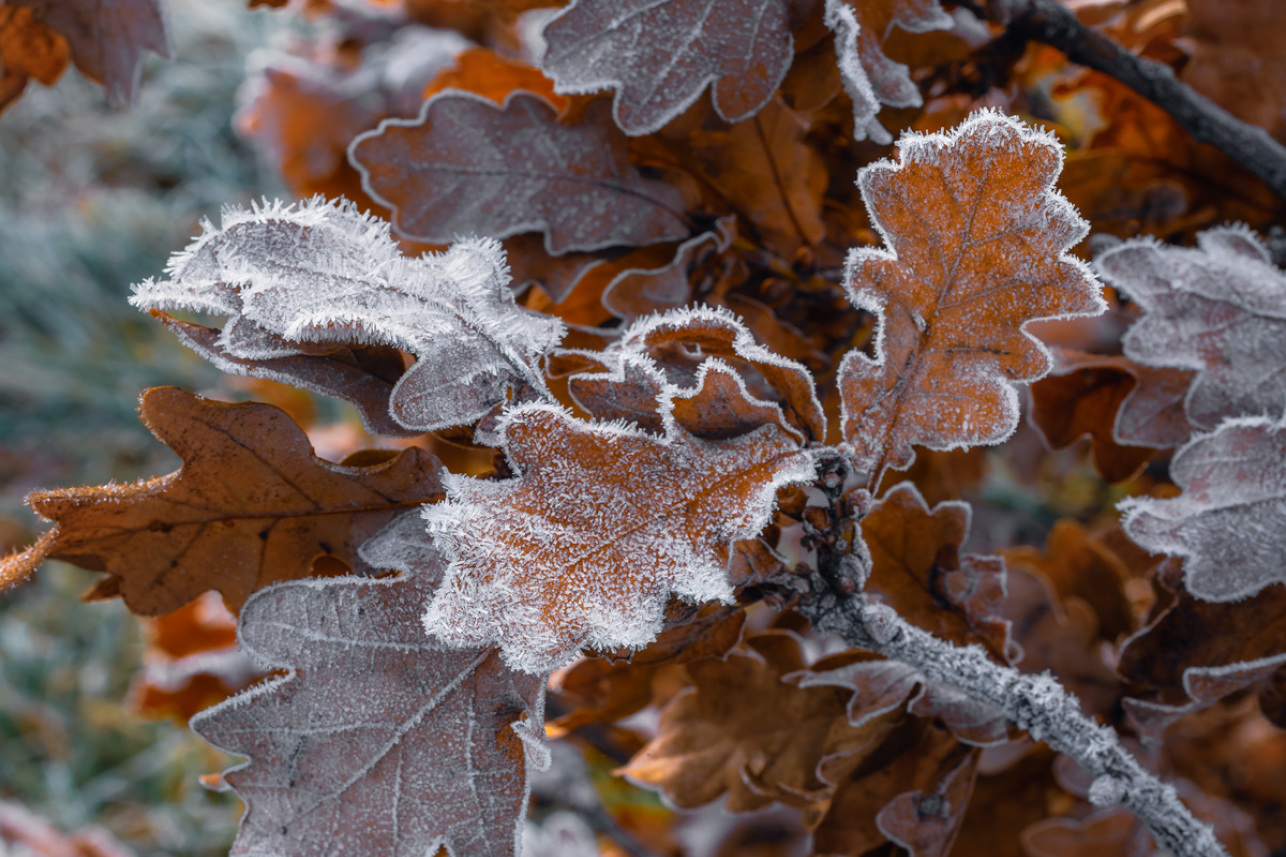Comfort Zone - equality in the outdoors
Mary-Ann Ochota reflects on her journey to feeling comfortable in wild places, and what equality in the outdoors really looks like.
 The other weekend I was walking with friends near the Quiraing in north Skye. It’s not John Muir Trust managed land, but the landscape is wild, spectacular and rightly famous. We’d hiked north from Portree over the previous day and a half, wild camping along the Trotternish Ridge, passing a handful of other backpackers en route. We were dishevelled, fragrant and happy. As we descended to the car park and the start of a newly upgraded footpath network, there was a moment of culture shock – from pathless terrain to Tarmac, from bivvy baggers to bus tourers. The other people on ‘our’ hills were suddenly clean.
The other weekend I was walking with friends near the Quiraing in north Skye. It’s not John Muir Trust managed land, but the landscape is wild, spectacular and rightly famous. We’d hiked north from Portree over the previous day and a half, wild camping along the Trotternish Ridge, passing a handful of other backpackers en route. We were dishevelled, fragrant and happy. As we descended to the car park and the start of a newly upgraded footpath network, there was a moment of culture shock – from pathless terrain to Tarmac, from bivvy baggers to bus tourers. The other people on ‘our’ hills were suddenly clean.
Many of them looked dressed for town, and weren’t likely to go more than a few steps from the sightseeing bus taking them around the highlights of Skye. Others looked keen for a toddler-friendly adventure, some for a romantic stroll, others for a more committing round trip into and over the hills. One person was clutching a sketchpad, most people were clutching cameras and phones. There were many languages, many ages, many ethnicities. I was struck that the people milling around that car park – in all their glorious diversity – were all potential Members of the John Muir Trust.
For some people (including many of our Members, I suspect), a place within easy reach of a Tarmac road, a snack van or a toilet block doesn’t really count as a wild place. But for others, travelling to an island off the north west coast of Scotland, up a snaking hairpin single track road and then out to a viewpoint to gaze at extraordinary sculpted rocks formed by post-glacial landslides will be a mind-growing, horizon-exploding and life-inspiring experience of natural beauty. Perhaps it will be the first step towards a lifetime of connecting with wild places, the first step towards understanding them better, and becoming a defender and advocate for them.
Many of the people at the viewpoint probably didn’t realise that they were actually looking at a degraded landscape, not a pristine one. There should be a mountain treeline and wooded glens, supporting rich and diverse bird, mammal and insect populations. The grassy tops aren’t ‘naturally’ like that - they look like that because they’re heavily grazed by sheep. For all the natural beauty, there are also human harms visible in the frame. For the people in the car park to become advocates for nature, they need to understand the crisis our wild places face, and feel confident to raise their voices and demand – loudly and urgently - for the freedom of nature to repair.
The first step on that journey from awareness to advocacy is to connect to nature in meaningful ways. It means the John Muir Trust has a role to play in helping everyone in that busy car park find their way into the wild. For some, looking at the view will have been enough of a connection. For others, it would have been a tease – ‘how do I get out of here, and over there,’ their eyes drifting past the crowds to the wide hills beyond. They might have looked over to us sweaty, midge-bitten backpackers and felt a tinge of envy. I know I certainly did, when I first saw people on hillwalking adventures with kit I didn’t own, using skills I didn’t possess. I knew enough to know that if I wandered into the Cairngorms, I wouldn’t know how to wander safely out. So I stayed out, unsure where to begin, or how to find a community of friendly people I could learn from.
In the grand scheme of things, though, my journey into feeling connected to nature and wild landscapes was an easy one. I wanted to go walking. I had disposable income to buy boots, waterproofs, a map, and a spot on a navigation course. I am able-bodied. I’m cis-gendered (where my identity aligns with the sex and gender I was assigned at birth). I’m mixed race but in most circumstances I’m not visibly different to the majority (a state known as ‘white-passing’). I’m middle class enough and my mental health is robust enough for me to walk into any room feeling like I’m probably entitled to be there.
For many people there are multiple barriers to engaging with wild places. If you don’t have a history of finding the outdoors a familiar or positive place, if you don’t have a sense of identity or belonging linked to the UK’s natural landscapes, if you’re not sure what welcome you’ll receive, then it’s no surprise that you might not stop at the car park, let alone head into the mist or midgies.
But that’s not fixed. You can be the first – in your family, in your community - to build familiarity with the outdoors and a sense of belonging. Around those pioneers, there’s a wider community who will take inspiration. Role models matter. The Trust already works with diverse community groups that are introducing wild places to new audiences. We can and must do more of that. We need to support those groups to embed leadership pathways within their communities, so the change becomes long term and organic, rather than project-based and externally-driven. Our own organisation needs to be more diverse too – from the membership to the executive team.
Our facilities need to accommodate all people’s needs (whether that’s accessible toilets, extra-wide parking spaces, or somewhere safe to pray). Not all wild places will be easy to access, but there should be landscapes that are managed to an exemplary standard and showcase our approach to nature, people and community that can be enjoyed by everyone.
Our adverts and printed materials must represent the diversity we see in wider society, embracing all abilities and disabilities, and all backgrounds. Our vision for how wild places are experienced shouldn’t be prescriptive or restrictive (except when there’s a conflict with protecting nature). We need to be mindful of assumptions that associate experiencing wild places with physical exertion or isolation. Wild places can be just as much about gentle, accessible stillness. They can be about gathering and play, as well as retreat and contemplation, as well as challenge and adventure.
And our vision for restoring nature needs to be one shared with – and built in partnership with – the communities living in those wild places. Communities need to be centred and celebrated in the stories we tell about our wild places, and the futures we’re building for them.
In crude terms, it’s about numbers. If there are more people from across society who care about wild places, we have a more powerful mandate to lobby those in power. So our message needs to reach youngsters who might advocate for Brazillian rainforests but not know that Knoydart’s peat bogs need them too. It needs to reach people on low or no incomes, people struggling with poor mental and physical health, people who don’t know anyone else who wants to go for a walk.
You love and protect what you know. Yes, having more people in wild places creates challenges for managing visitor pressure. But it also creates opportunity. For thriving local communities and an engaged, informed and passionate public. Those people in the car park, even the ones in white trainers taking selfies, are the key to protecting wild places. Now and into the future.
Mary-Ann Ochota is a broadcaster, anthropologist and one of the Trustees of the John Muir Trust.


